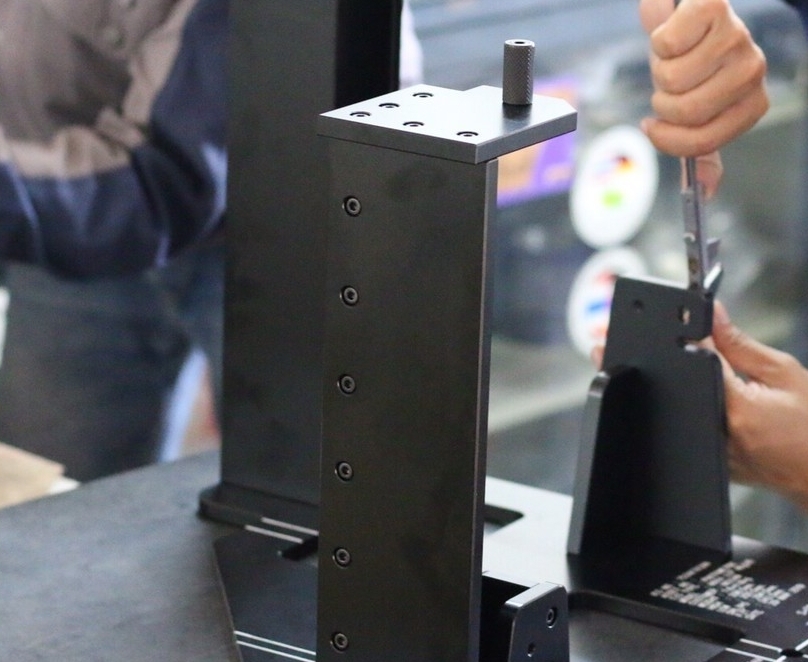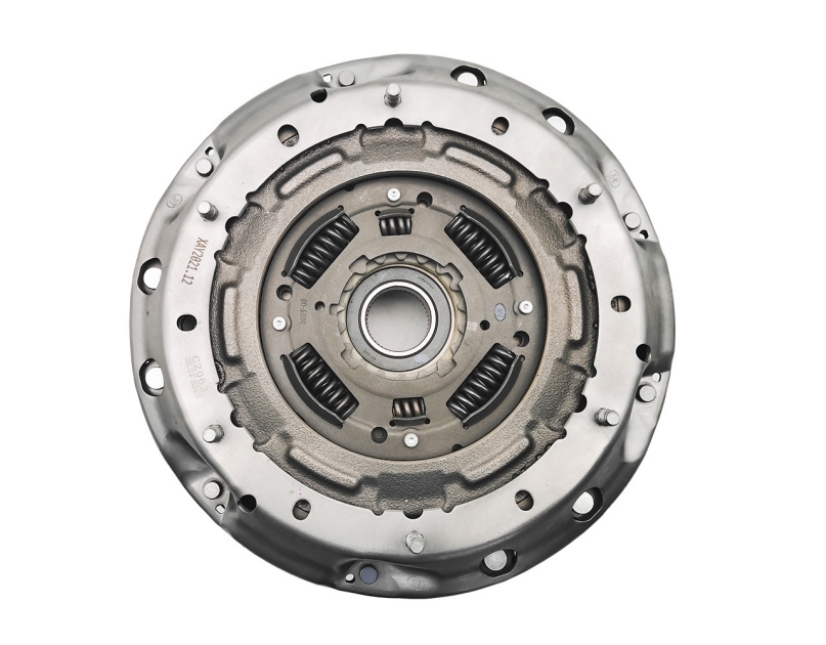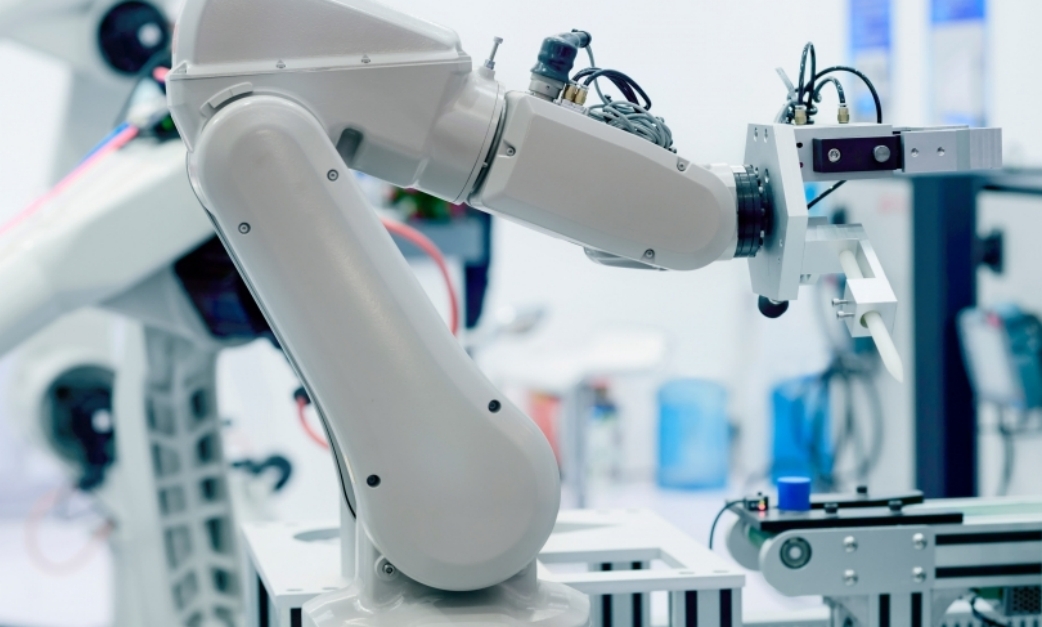
The Rise of Smart Assembly: Harnessing Technology for Smarter, Connected Manufacturing
Discuss the emergence of smart assembly and how technology is transforming the manufacturing landscape.
> 3-Day Lightning Delivery
> North America’s Top 10 One-stop Solutions
> 75+ Choices of Materials
Assembly processes play a crucial role in manufacturing, and advancements in technology are reshaping the way products are assembled. The rise of smart assembly, driven by technologies such as the Internet of Things (IoT), artificial intelligence (AI), and robotics, is revolutionizing the manufacturing industry. In this blog, we will explore the concept of smart assembly and its impact on the manufacturing landscape. From connected assembly lines and collaborative robots to real-time data analytics and intelligent systems, we will delve into the trends and innovations that are transforming the assembly process.

The Connected Assembly Line :
Smart assembly is enabled by the integration of IoT technologies, connecting machines, devices, and systems on the assembly line. We will discuss how the connected assembly line improves productivity, efficiency, and traceability. Real-time data sharing and analysis allow for proactive maintenance, reduced downtime, and optimized production schedules. Additionally, we will explore the use of cloud-based platforms for seamless communication and remote monitoring, enabling manufacturers to have a holistic view of their assembly operations.
Collaborative Robots in Assembly :
Collaborative robots, or cobots, are playing a significant role in smart assembly. We will discuss how cobots work alongside human operators, enhancing productivity and safety. These robots are designed to be easily programmable and flexible, allowing for efficient handling, assembly, and quality control tasks. We will also explore the advancements in robot vision systems and AI algorithms that enable robots to perceive their environment and collaborate effectively with human workers.
Real-time Data Analytics for Process Optimization :
Smart assembly relies on real-time data analytics to optimize the assembly process. We will discuss how manufacturers collect and analyze data from various sensors and devices on the assembly line to monitor key performance indicators (KPIs) such as cycle times, quality metrics, and energy consumption. This data-driven approach allows for continuous process improvement, identification of bottlenecks, and predictive maintenance to avoid unexpected downtime. Furthermore, we will explore the use of AI algorithms for predictive analytics, enabling manufacturers to anticipate and address assembly issues before they impact production.

Intelligent Quality Control Systems :
Smart assembly integrates intelligent quality control systems to ensure product quality and compliance. We will discuss the use of machine vision systems, sensors, and AI algorithms for automated inspection and defect detection during the assembly process. These systems can detect even the slightest deviations, ensuring that products meet the required specifications. We will also explore how machine learning algorithms can be trained to identify patterns and anomalies in the assembly process, enabling manufacturers to achieve higher levels of quality assurance.
Human-Machine Collaboration and Workforce Upskilling :
Smart assembly requires a collaborative approach between humans and machines. We will discuss the importance of workforce upskilling to adapt to the changing assembly environment. As machines take on repetitive and physically demanding tasks, human workers can focus on higher-level skills such as programming, problem-solving, and quality control. We will also explore the benefits of human-machine collaboration, where workers and robots work together in a symbiotic relationship, leveraging their respective strengths to achieve optimal assembly outcomes.
The rise of smart assembly is transforming the manufacturing industry by leveraging technologies such as IoT, AI, and robotics. Connected assembly lines, collaborative robots, real-time data analytics, intelligent quality control systems, and human-machine collaboration are reshaping the way products are assembled. By embracing smart assembly, manufacturers can achieve higher productivity, improved product quality, and enhanced worker safety. It is crucial for businesses to stay updated with the latest trends and innovations in smart assembly to remain competitive in the evolving manufacturing landscape. As technology continues to advance, smart assembly will play a pivotal role in driving efficiency